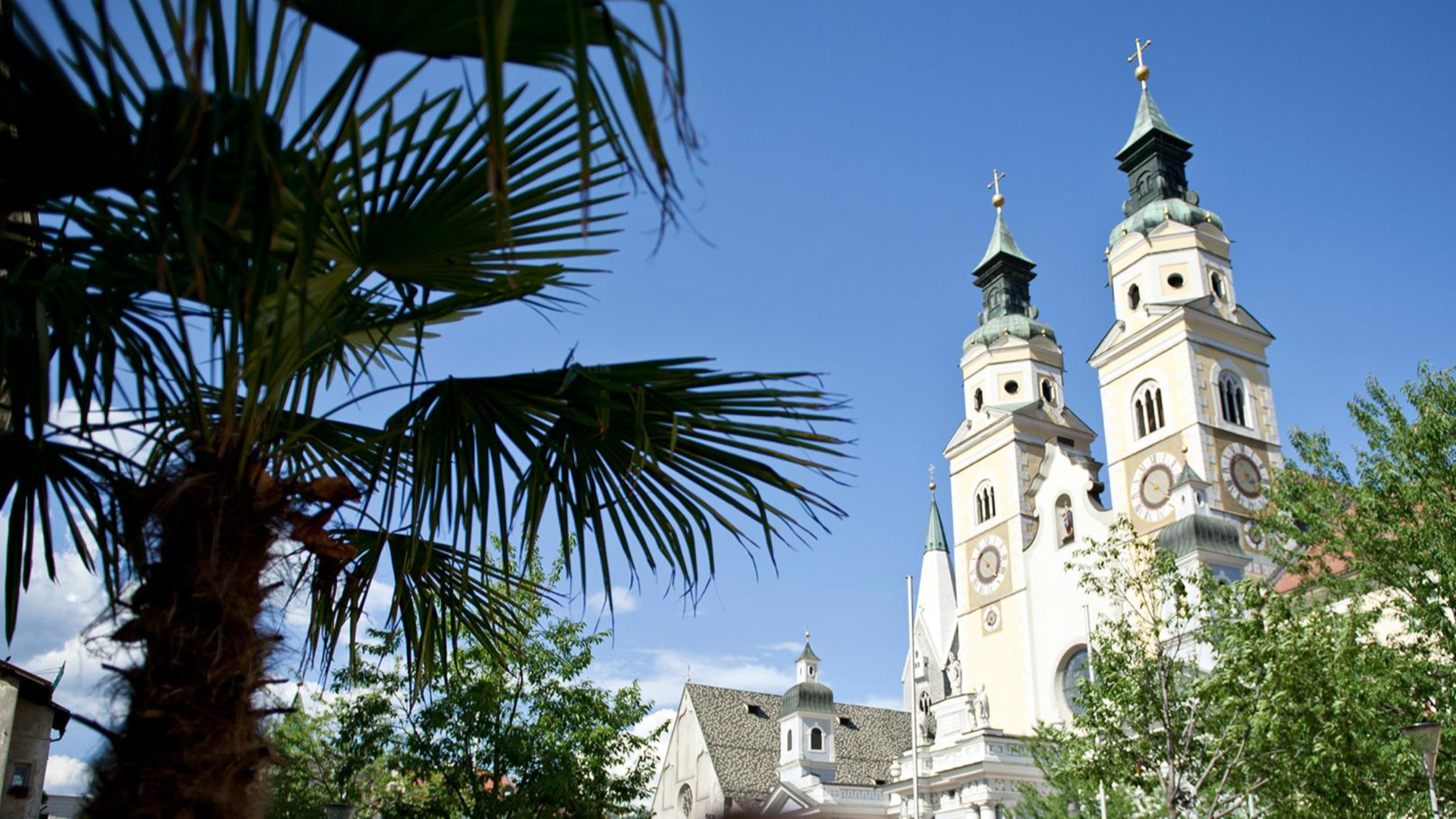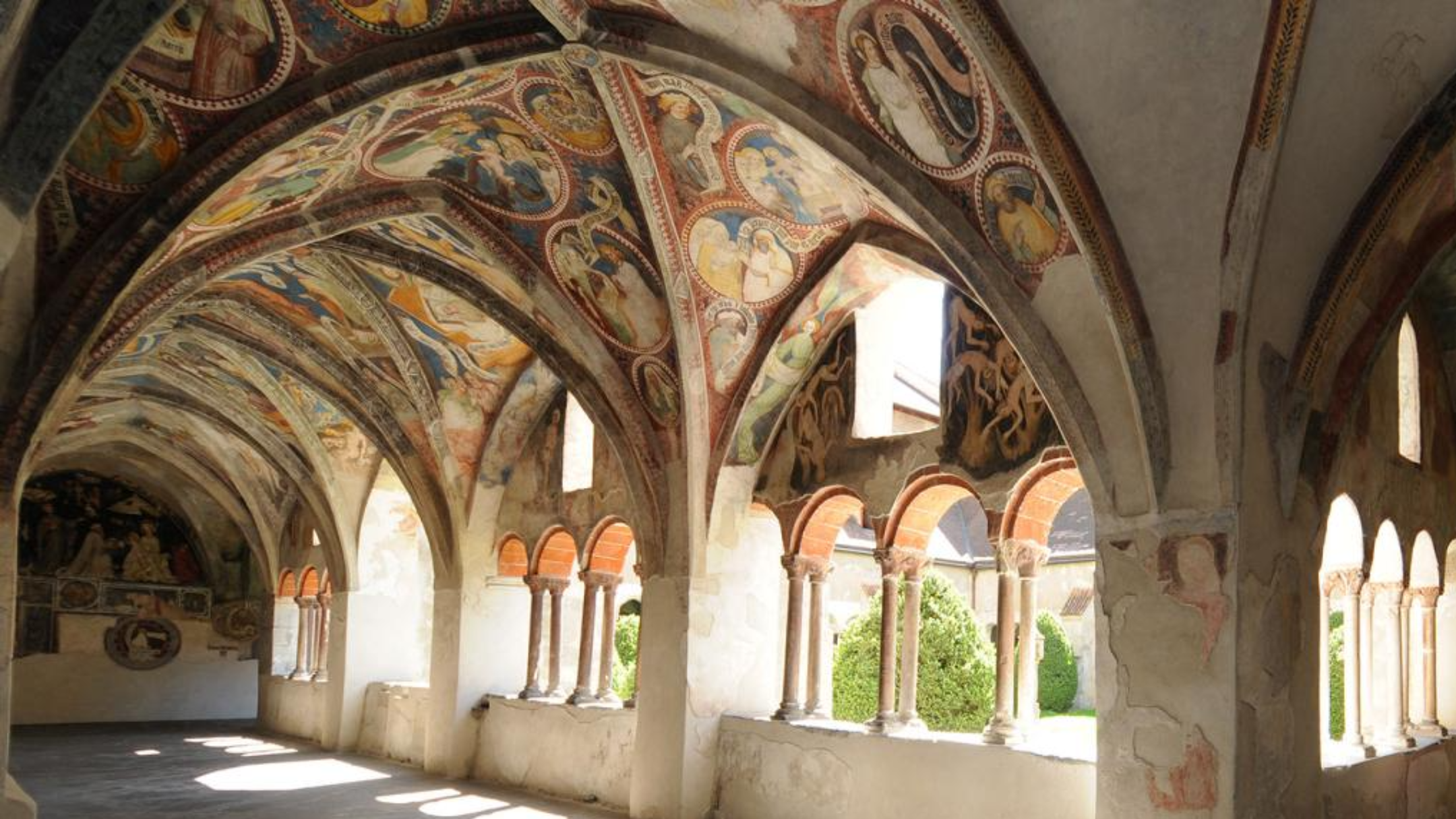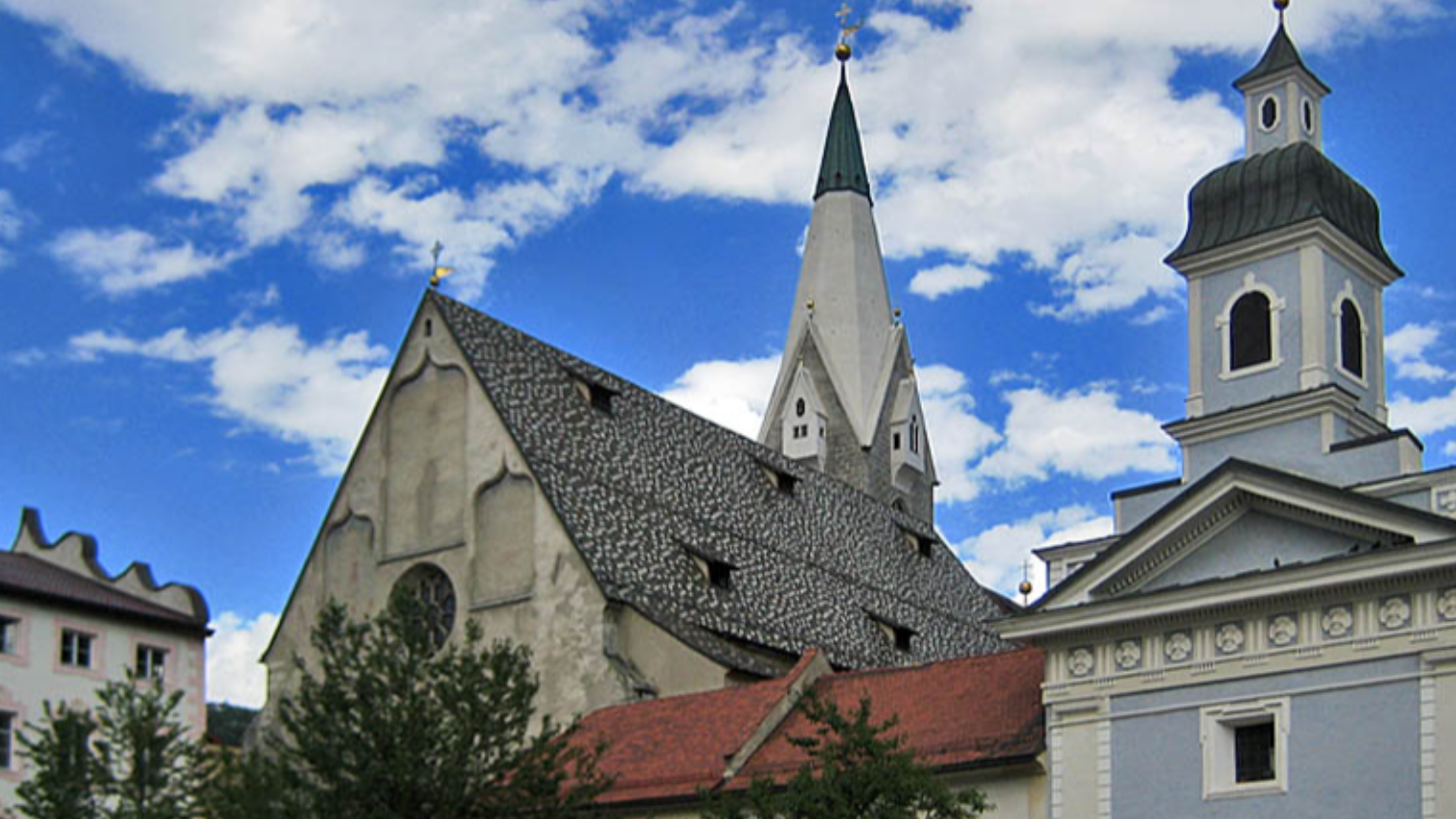Brixen
Brixen is the oldest city in Tyrol and the historic capital of the Eisack valley region. Surrounded by the Dolomites, breathtaking lakes, here different climates and cultures meet, Mediterranean and Alpine.
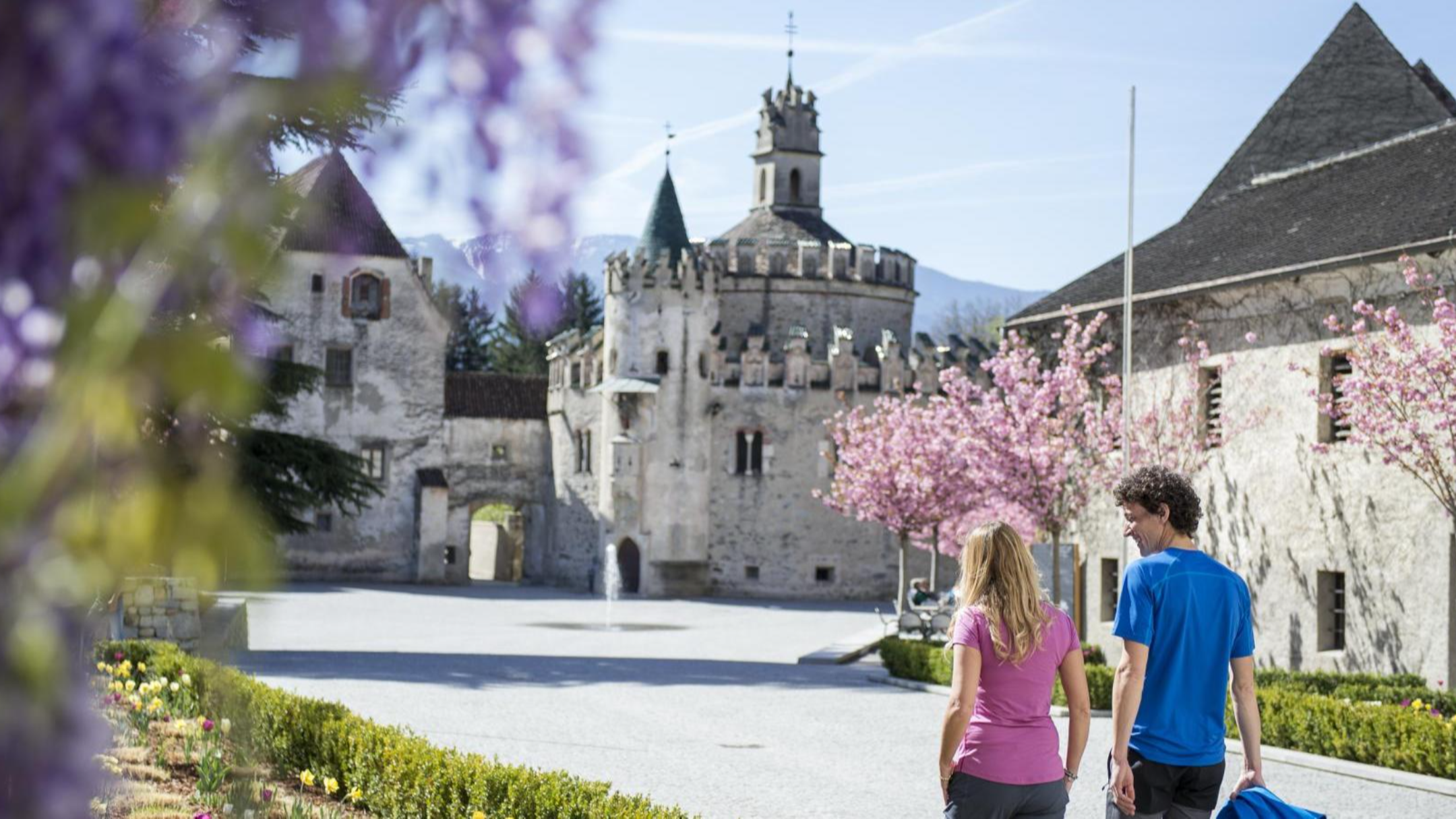
Bressanone is an Italian municipality with 22,582 inhabitants, the third largest in terms of population in the autonomous province of Bolzano in Trentino-Alto Adige. It is the historical, artistic, cultural, economic, social and administrative capital of the Valle Isarco region.
According to tradition, Brixen was founded in 901, three centuries before the establishment of the County of Tyrol. Since 1004 and during the course of the centuries it has been under ecclesiastical domination of the prince-bishop of Bressanone, of whom it was the main residence. It is the seat - together with the provincial capital Bolzano - of the diocese of Bolzano-Bressanone, constituted in 1964 by detaching from the archdiocese of Trento, the city of Bolzano and the territory south of the latter and aggregating it to the diocese of Bressanone, while the territories of the diocese of Bressanone now located in Austria (Inn Valley) were detached from the diocese of Bressanone and aggregated to that of Innsbruck.

 Karlspromenade
Karlspromenade
The Karlspromenade is located on the east side of Brixen, in the district of Millan. This historic promenade was built in 1903 in memory of Emperor Karl I of Austria, who spent some time in the Guggenberg Cure, and who loved to walk along this path, which used to start there and lead to the old church of Millan, Maria am Sand and then to the Karlsburg residence.
Bressanone Cathedral
The landmark of the city
 Bressanone Cathedral is the landmark of the city and the Bishop’s Church of the Roman-Catholic Diocese of Bolzano-Bressanone. The Cathedral is also called Basilica minor.
Bressanone Cathedral is the landmark of the city and the Bishop’s Church of the Roman-Catholic Diocese of Bolzano-Bressanone. The Cathedral is also called Basilica minor.
The original cathedral was built in 980. After 2 fires the Romanesque redesign with three naves and two front towers began around 1200. A Baroque design was built in 1745-1754, with frescoes by Paul Troger (ceiling painting: The adoration of the Lamb, approx. 200m²) and paintings of his students. The high altar by Theodor Benedetti is one of Tyrol’s most important Baroque altars. The inside of the Cathedral is built with 33 different types of valuable marble. The organ has 3,335 pipes and 48 stops.
Bressanone cloister
One of the most important monuments of art in South Tyrol
 The Bressanone Cathedral cloister is one of the most important monuments of art in South Tyrol. The cloister is famous in particular for its Gothic frescoes. It was originally built in pre Romanesque times but later redesigned in Romanesque and Gothic style. The depiction of an elephant (3rd arch) and the Adoration of the Magi (13th arch) are particularly worth seeing.
With the adjacent buildings Bressanone Cathedral, St. John’s Chapel and the Church of our Lady, the “Cloister” is the centre of the cathedral district.
Inside the cloister, the walls bear tombstones of canons and important ecclesiastical authorities of the time. An unfrescoed corner was used as a public passage with stalls.
The Bressanone Cathedral cloister is one of the most important monuments of art in South Tyrol. The cloister is famous in particular for its Gothic frescoes. It was originally built in pre Romanesque times but later redesigned in Romanesque and Gothic style. The depiction of an elephant (3rd arch) and the Adoration of the Magi (13th arch) are particularly worth seeing.
With the adjacent buildings Bressanone Cathedral, St. John’s Chapel and the Church of our Lady, the “Cloister” is the centre of the cathedral district.
Inside the cloister, the walls bear tombstones of canons and important ecclesiastical authorities of the time. An unfrescoed corner was used as a public passage with stalls.
Törggelen
Autumn is the time of "Törggelen"
 From October until the beginning of the Christmas period South Tyroleans and visitors taste and enjoy the harvested products, especially wine and chestnuts. The ancient tradition of Törggelen in Valle Isarco developed because the farmers thanked those who helped with the harvest with a large feast. The current custom of Törggelen originated in rustic taverns in Valle Isarco.
From October until the beginning of the Christmas period South Tyroleans and visitors taste and enjoy the harvested products, especially wine and chestnuts. The ancient tradition of Törggelen in Valle Isarco developed because the farmers thanked those who helped with the harvest with a large feast. The current custom of Törggelen originated in rustic taverns in Valle Isarco.
Törggelen in Valle Isarco means traditional new wine and Suser (grape must before fermentation), Schlutzkrapfen ravioli, barely soup, sauerkraut with local sausages, salted and smoked meat, all kinds of Krapfen deep fried pastry parcels and roasted chestnuts.
The word Törggelen is derived from the Latin word “torquere”, meaning “pressing grapes”.
Businesses that meet the “red rooster” farm assured criteria and offer homemade wine and local chestnuts have come together and formed the initiative “The original Törggelen”. During the Törggelen season they pin a bunch of branches tied together with a red ribbon outside the front door. These bunches are called Buschen. This bunch has always been a symbol for this form of autumn wine drinking. The name of traditional wine taverns, Buschenschank, is derived from it.
The territory of Brixen
Brixen in South Tyrol is the perfect symbiosis of the charm of the oldest city in Tyrol with its picturesque alleys and lively old town, the romantic villages surrounding it, and the Plose, the mountain that will win you over with its leisure activities. Bressanone in South Tyrol is also culture and nature, in summer and in winter... doubly attractive for every kind of vacation.
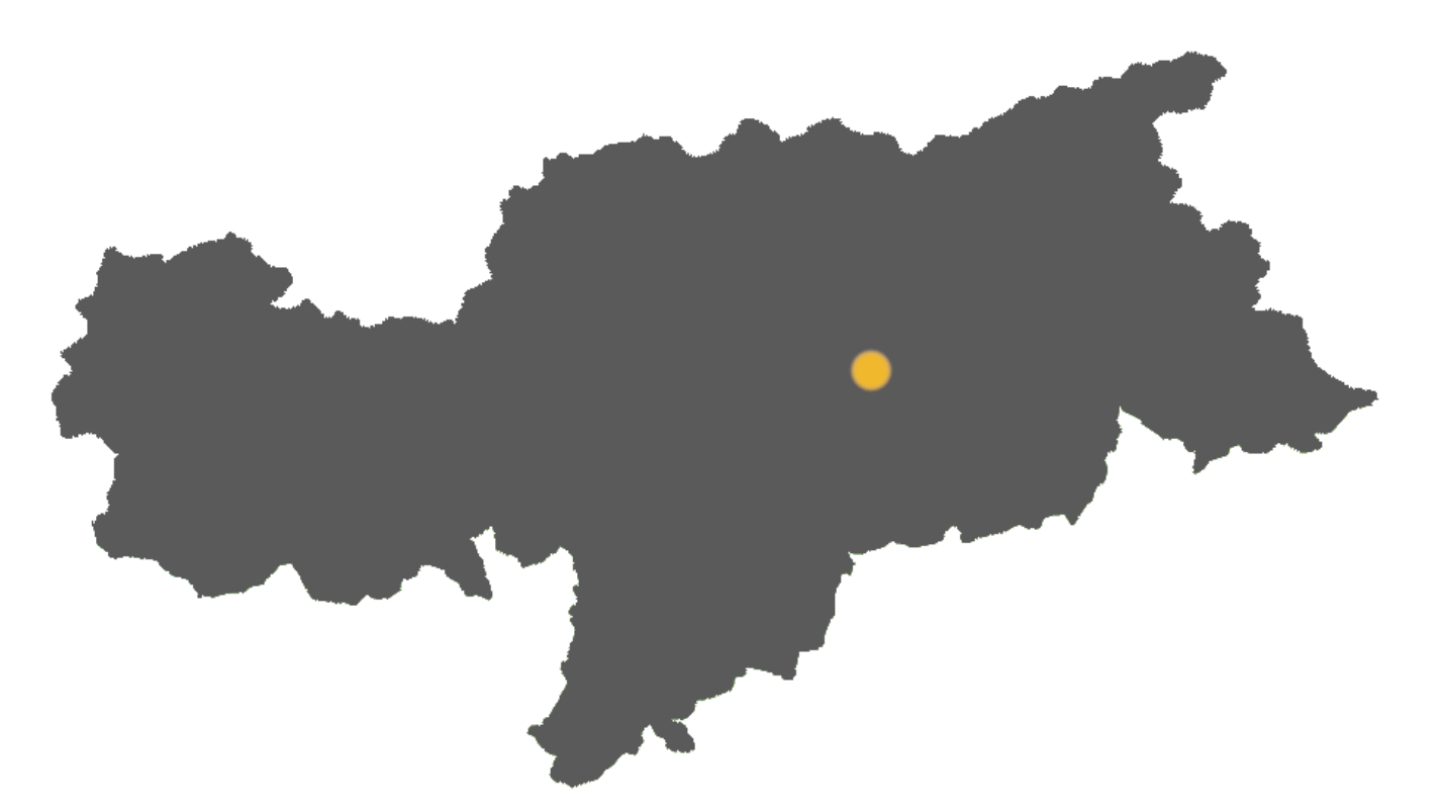
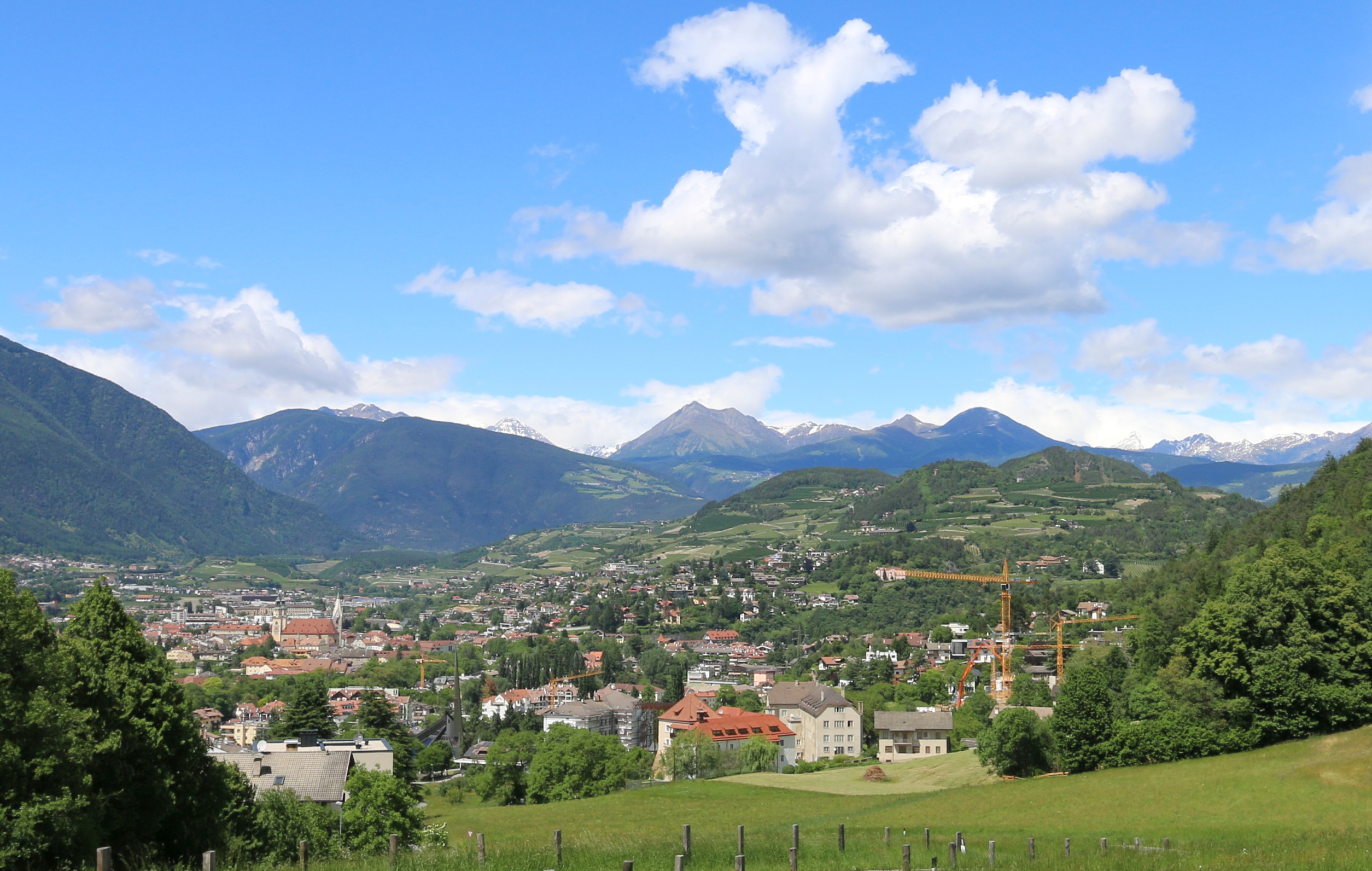
Contacts Brixen
- Address Portici Maggiori, 5 ,39042 Bressanone
- Phone (+39) 0472062000
- Email info@bressanone.it
